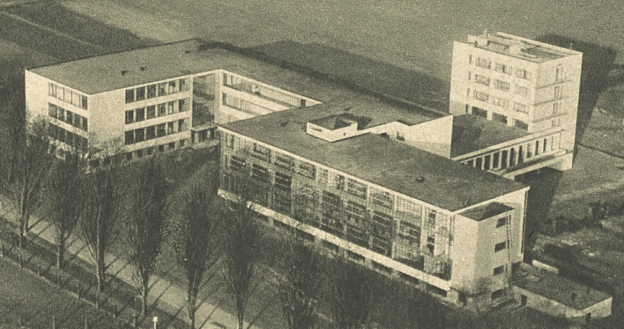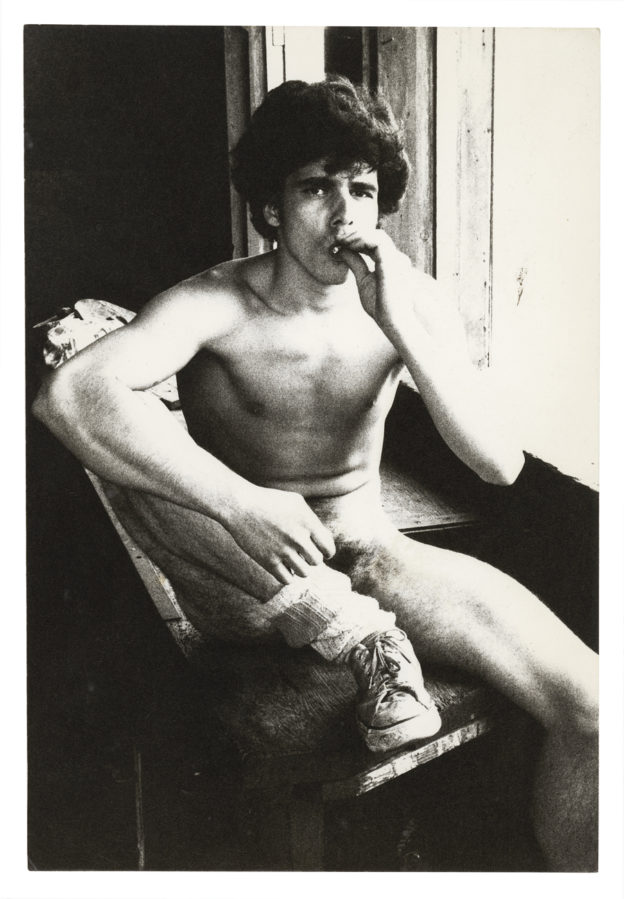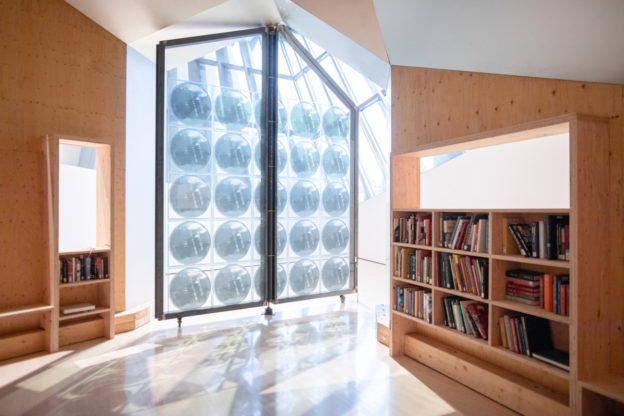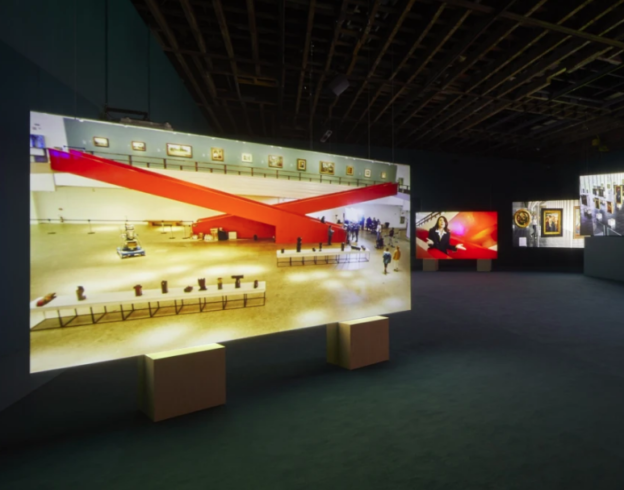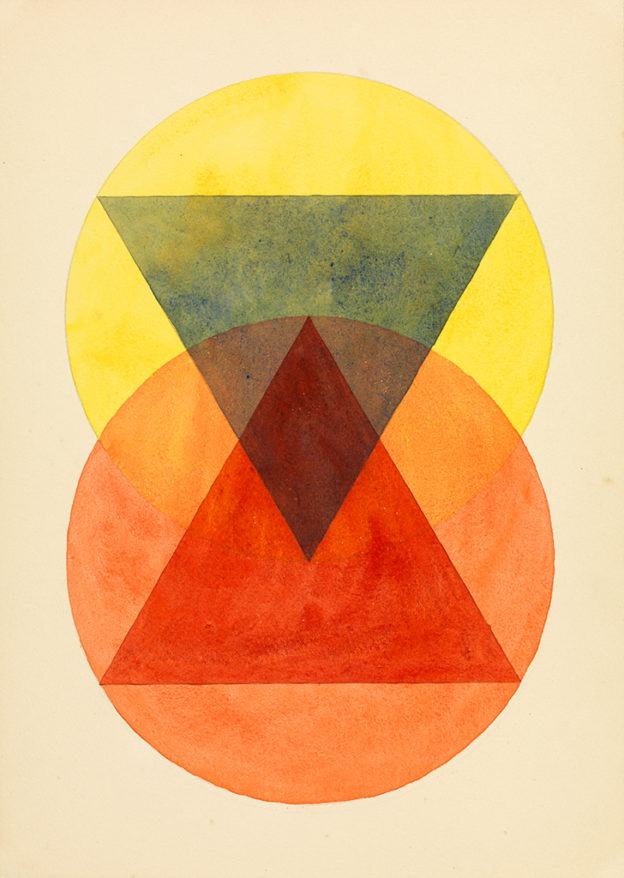In conjunction with BAUHAUS BEGINNINGS, open for one more week at Getty Center, BAUHAUS—BUILDING THE NEW ARTIST is an online exhibition that “offers an in-depth look into the school’s novel pedagogy.”*

Following the end of World War I, the provisional government of the short-lived Free State of Saxe-Weimar-Eisenach in Germany initiated an effort to reestablish two schools, the Weimar School of Applied Arts (Weimar Kunstgewerbeschule) and the neighboring Academy of Fine Arts (Hochschule für bildende Kunst), as a single, unified institution…


Upon the recommendation of Belgian architect Henry van de Velde, who had previously directed the Weimar School of Applied Arts, the Berlin architect Walter Gropius was invited to head the new school. Gropius’ request to rechristen the institution under a new name, BAUHAUS STATE SCHOOL (Staatliches Bauhaus), was approved in March 1919.*


BAUHAUS—BUILDING THE NEW ARTIST*
Online exhibition in conjunction with
Through October 13.
Getty Center
1200 Getty Center Drive, Brentwood, Los Angeles.


From top: Postcard sent to Jan Tschichold with aerial photograph of Bauhaus Dessau, Walter Gropius, architect, 1926, photograph by Junkers Luftbild, 1926, gelatin silver print on postcard, Jan and Edith Tschichold Papers, 1899–1979; Vassily Kandinsky, Color Triangle, circa 1925–1933, graphite and gouache on paper, Vassily Kandinsky Papers, 1911–1940; students in a workshop at the Bauhaus Dessau (2), photographer(s) unknown, undated, gelatin silver prints; Erich Mzozek, Still-life drawing with analytical overlay, circa 1930, graphite on paper and vellum, © Estate Erich Mrozek; Geometric study of spiral form, artist unknown, undated, graphite and colored graphite on paper; Friedl Dicker, Light-dark contrast study for Johannes Itten’s Preliminary Course, 1919, charcoal and pastel collage on black paper. ; Pamphlet for Farben Licht-Spiele (Color-light plays), Ludwig Hirschfeld-Mack, 1925, letterpress, Bauhaus Typography Collection, 1919–1937, © Kaj Delugan; Erich Mzozek, Study for Vassily Kandinsky’s Farbenlehre (Course on color), circa 1929–1930, collage with gouache on paper, © Estate Erich Mrozek. All images courtesy and © the Bauhaus-Archiv and the Getty Research Institute.


